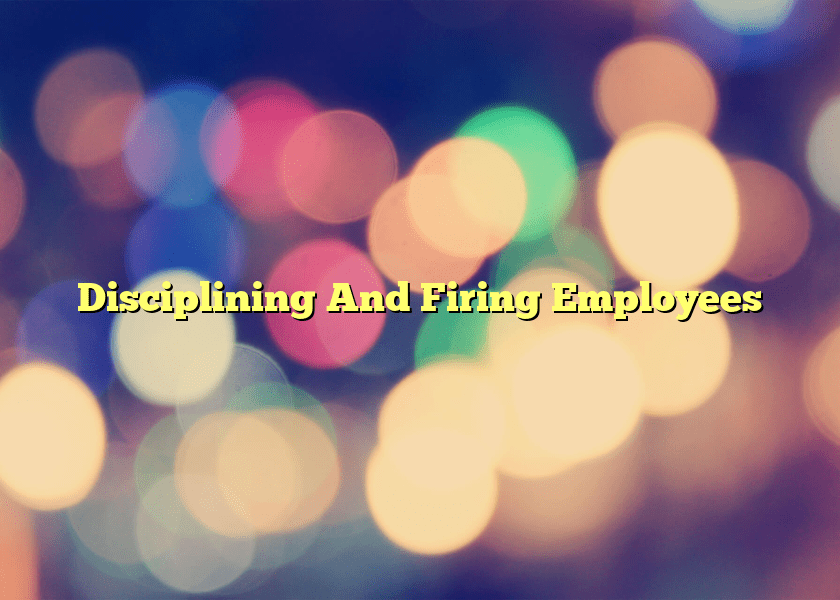Disciplining And Firing Employees
Perception is Reality – Discipline with Care!
Disciplining and firing employees is one of the most crucial areas for consideration as an Employer. As a former plaintiff’s counsel, I know that the way in which an employee perceives his or her final disciplinary action or termination meeting is the most significant factor in determining whether a lawsuit will be filed. The way these things are done will determine the anger level of the employee. Anger is the most important motivator to push an employee to a plaintiff attorney’s office.
Believe it or not, most employees, and people in general, do not want to go through the pain of dealing with a lawyer and the expense of the litigation process. This is true even given the fact that the costs for a plaintiff are generally much lower than for the employer.
The way an employee is made to feel during the discipline and termination process can make the difference between an employee calling an attorney or not, and the difference between an employee simply consulting an attorney for the purpose of finding out his or her rights versus hiring an attorney to sue that scum-sucking employer of theirs no matter what the costs.
If you make an employee feel that he needs to regain his dignity or sense of fair play, you will in most cases find yourself in litigation whether you have done something that can be construed as a violation of the law or not.
Please understand that while some plaintiff’s attorneys will take a “good case” without a retainer fee, most plaintiff’s attorney’s will not take a “so-so case” without a substantial fee and/or cost retainer. Not all lawyers are ethical, and some, when motivated by a cash retainer, will sue anyone for any reason. Your treatment of the employee will often determine whether he or she is willing to “cough up” that retainer fee or not.
Like a well-traveled road, the road leading to the termination of an employee can be filled with potholes and a virtual “accident waiting to happen” to those unfamiliar with where the hazards are located. Too often, the traveler is also so anxious to reach his destination that he forgets to heed the warning signs or to exercise caution, prudence and patience during the journey. When that happens, an accident – or in this case, an administrative charge, a lawsuit, or a grievance to contest the termination – is almost inevitable.
There is no way to guarantee that any termination will be without liability. There are too many “players” beyond the decision-maker’s control: the terminated employee, the plaintiff’s bar, a court or administrative body, or a jury. However, that risk can be greatly minimized if one knows the road he is about to travel and drives it carefully, following a few simple “rules of the road.”
